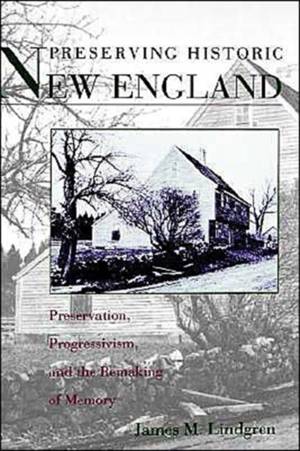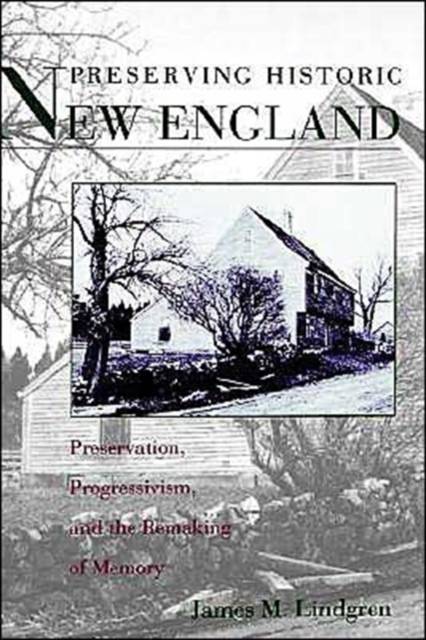
- Afhalen na 1 uur in een winkel met voorraad
- Gratis thuislevering in België vanaf € 30
- Ruim aanbod met 7 miljoen producten
- Afhalen na 1 uur in een winkel met voorraad
- Gratis thuislevering in België vanaf € 30
- Ruim aanbod met 7 miljoen producten
Zoeken
Preserving Historic New England
Preservation, Progressivism, and the Remaking of Memory
James M Lindgren
Hardcover | Engels
€ 373,45
+ 746 punten
Omschrijving
By the first years of the twentieth century the memory of old-time New England was in danger. What had once been a land of small towns populated by tradition-minded Yankees was now becoming almost unrecognizable with a floodtide of immigrants and the constant change of a modernizing society. At the same time, cities such as Boston, Portsmouth, and Salem were bursting at the seams with factories, high-rises, and uncontrollable growth. During a period when the Colonial Revival and progressive movements held sway, Yankees asserted their influence through campaigns to redefine the meaning of their Anglo-American forebears. As part of the reaction, the modern preservation movement was founded by William Sumner Appleton, Jr., a privileged, old-blooded Bostonian. Resisting not simply this avalanche of change but the amateurish romanticism of fellow antiquaries, Appleton founded the Society for the Preservation of New England Antiquities in 1910. While examining SPNEA in the context of progressivism, Preserving Historic New England focuses on its redefinition of preservation to fit the methodology of science, the economy of capitalism, and the aestheticism of architecture. In so doing, preservation not only became a profession defined by those male worlds, but remade Yankee memory to accord with the modern corporate order.
Specificaties
Betrokkenen
- Auteur(s):
- Uitgeverij:
Inhoud
- Aantal bladzijden:
- 256
- Taal:
- Engels
Eigenschappen
- Productcode (EAN):
- 9780195093636
- Verschijningsdatum:
- 9/11/1995
- Uitvoering:
- Hardcover
- Formaat:
- Genaaid
- Afmetingen:
- 161 mm x 242 mm
- Gewicht:
- 598 g

Alleen bij Standaard Boekhandel
+ 746 punten op je klantenkaart van Standaard Boekhandel
Beoordelingen
We publiceren alleen reviews die voldoen aan de voorwaarden voor reviews. Bekijk onze voorwaarden voor reviews.











